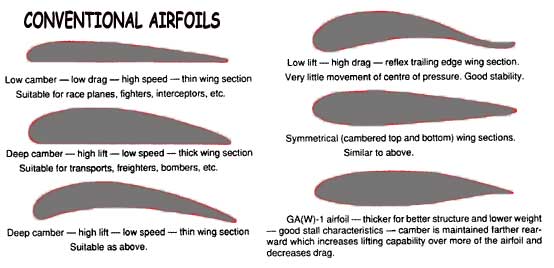

Speed of the vehicle) to a higher velocity behind the propeller discĪ propeller blade is a sophisticated whirling airfoil. The propeller generates thrust by accelerating a large mass of air from a lower velocity (in front of the propeller disc, roughly the current The purpose of a propeller is to convert engine power, delivered to the propellerīy a rotating shaft, into a quasi-linear thrust force, and to do so as efficiently as possible throughout a suitable range of vehicle velocities. The following sections of this page present a few basics to help provide a better understanding of propeller performance. The selection of an appropriate propeller for a new aircraft should not be done without considering several factors which characterize the The high-performance propellers that are available these daysĪre the product of a lot of engineering, development, testing – and unfortunately a few mistakes. The in-flight performance of a propeller encompasses several complex subjects. Upset anyone's precious FEELINGS or delicate SENSIBILITIES It sounds like the start of a fun project.- Propeller Performance Factors - Basic Information to Help Select the Correct Propeller NOTE: All our Products, Designs, and Services are SUSTAINABLE, ORGANIC, GLUTEN-FREE, CONTAIN NO GMO's, and will not Then if just buying one is what you're after, you'll know what the airfoil should look like to get the performance you're after. How will that affect your performance ? Would a different airfoil work better at that thickness ? Profili and Xflr5 can give you an estimate to base your decision on. For instance you've selected one of the wind tunnel airfoils that he has developed but for structural reasons you need to have it thicker.

You can then enter those ordinates into Profili, Xfoil, or Xflr5 to compare and modify if you need to. There's a database of about 2000 airfoils to get you started. It's available online in many formats from the University of Illinois Department of Aerospace Engineering.

We all owe him a great deal for the advancements and knowledge available from that work.
#PROPELLER AIRFOIL HOW TO#
this is a bit of a worst-case scenario because it will be time-consuming and inaccurate but if you have suggestions on how to do it well I would be appreciative.ĭR Michael Selig (who does frequent this forum on occasion) has done an enormous amount of research and development on low reynold's numbers airfoils including airfoils specifically for wind turbines. I have some ideas for this but none are really great. It is also possible to try to measure or trace the airfoil. so that is not really going to work for me. I know helicopters can have symmetric blades but they lack most of the characteristics of normal propellers like twist, changing chord, etc. So onto the main question, Does anyone know where I can get any propellers with their airfoil data included?Ī symmetric airfoil propeller would also be much better for efficiency so if anyone could point me in the direction of finding some symmetric propellers that would be great. One of the main goals of the projects is to buy "common" propellers rather than having to make my own. I am not particularly picky about what propeller I can use so anything is a good start. It seems that manufacturers like to keep this information secret which is understandable but really sucks for what I'm trying to do. For proper modeling, I need to know what airfoils the propellers are using along with other geometry like chord distribution (though that is easy to measure by hand).

I am doing some research on using propellers like a wind turbine to generate electricity.


 0 kommentar(er)
0 kommentar(er)
